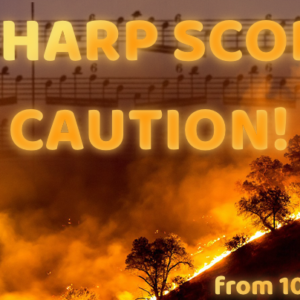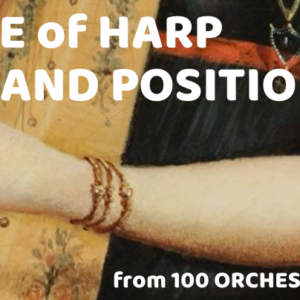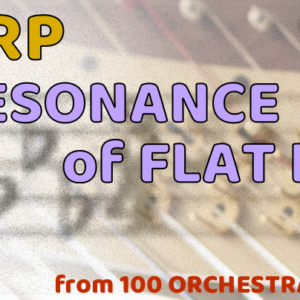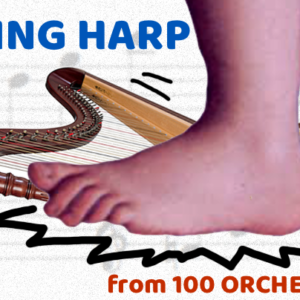Diary of an Orchestrator, April 3: Back in L.A.
It’s close to midnight at the end of my first full day in Southern California. I’m about to shut up shop mentally, but have to write a few words about coming back to my birthplace. It’s strange, but I’m feeling a lot circles closing with this performance – returning to places where ideas and thoughts…
Read more…





